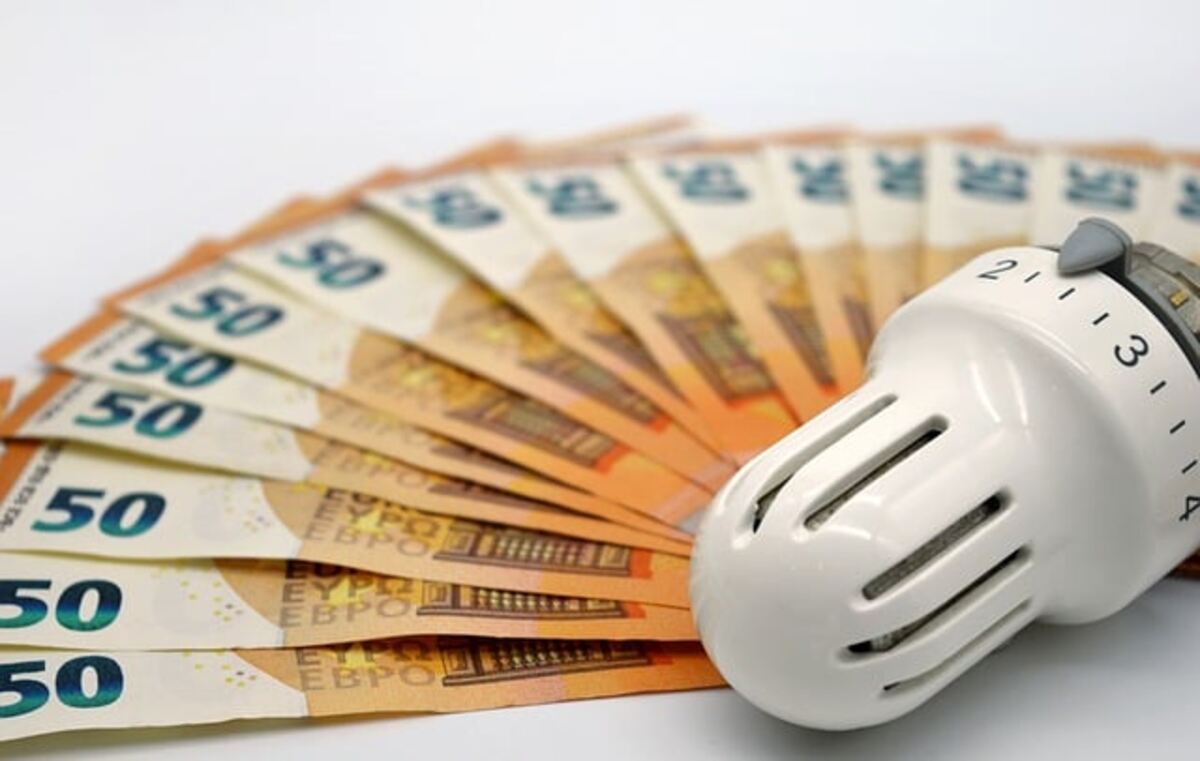Saving Money on Your Gas Bill
Rising gas costs in the United States first became noticeable around four years ago but have now tripled to an average of $4.09 per gallon. The rising cost of gas has become a significant hardship for those who must drive to and from work, school, picking up the kids, and the grocery store.
The current price of gasoline is unprecedented, and there are no signs of relief in sight. The change is minimal; ten cents one way, eighty the other. Most of us have accepted that the price of petrol will not return to $2 any time soon and have begun taking steps to reduce our consumption.
These days, you can find many books detailing various strategies to reduce your monthly gas expenditures. Here are a few of the most important suggestions:
· Reducing travel time by working from home or relocating closer to one’s place of employment.
One way to reduce gas usage is to downsize one’s automobile.
Highways are more fuel efficient than city streets if you plan to avoid stops.
o Keeping up with the pace: Don’t trail too closely, or you’ll have to slow down unnecessarily.
o Accelerate gradually from a standstill to avoid wasting petrol.
Turn down the air conditioning and roll down the windows, especially at slower speeds.
o Park in the shade; you’ll save money on A/C and gas because of the heat.
If you’re driving a car with a manual transmission, you should coast between lights.
Tire pressure should be checked regularly and maintained at the prescribed level.
Don’t waste time around the parking lot looking for a spot; instead, park in the first available spot.
The less weight your car has to move around, the less gas it will need.
Check your air filter if you want clean air to flow freely for combustion.
Synthetic oil improves engine performance, especially in older vehicles.
You’ll get better gas mileage if you keep up with routine maintenance and get the car tuned up when it’s due.
o Clean your fuel system occasionally, as dirty injectors result in inefficient gas combustion.
The growing cost of gasoline can be mitigated in various ways, and these are just a few of them. Water as an automobile fuel source has recently been the most discussed, enticing, and controversial method for reducing petrol consumption. Do not confuse this with filling up your gas tank with water. Water can be converted into HHO or Brown’s gas using a kit and some sodium hydroxide. The byproduct gas can be used to supplement your regular gasoline tank.
In reality, this is neither novel nor previously unknown. I believe that water will one day be employed as fuel, that hydrogen and oxygen which constitute it, used singly or together, will furnish an inexhaustible source of heat and light, of an intensity of which coal is not capable,” wrote Jules Gabriel Verne, a French author and pioneer of the science-fiction genre, in his 1874 novel The Mysterious Island. The world’s energy issues, according to Dennis Klein, may be solved by harnessing the power of water. Solving that issue has been both my personal and company’s top priority.
Water electrolysis into HHO gas, which burns wonderfully and provides gobs of energy, is an idea they’ve been researching for decades. The result is an adequate fuel that can replace gasoline in cars while drastically cutting pollution. A specialist was required to install the converter kit until recently, but now anyone can make their automobile run on water. The good news is that there has been a lot of progress in the last six months, and you can buy a kit or a guide that tells you how to set it up yourself with minimal expense and technical expertise.
You may discover more about this innovative technology and read evaluations of several converter kits on the author’s review page, which can be found at
Read also: Tips For Organizing Ad Groups In Google AdWords To Boost Click-Through Rate.


